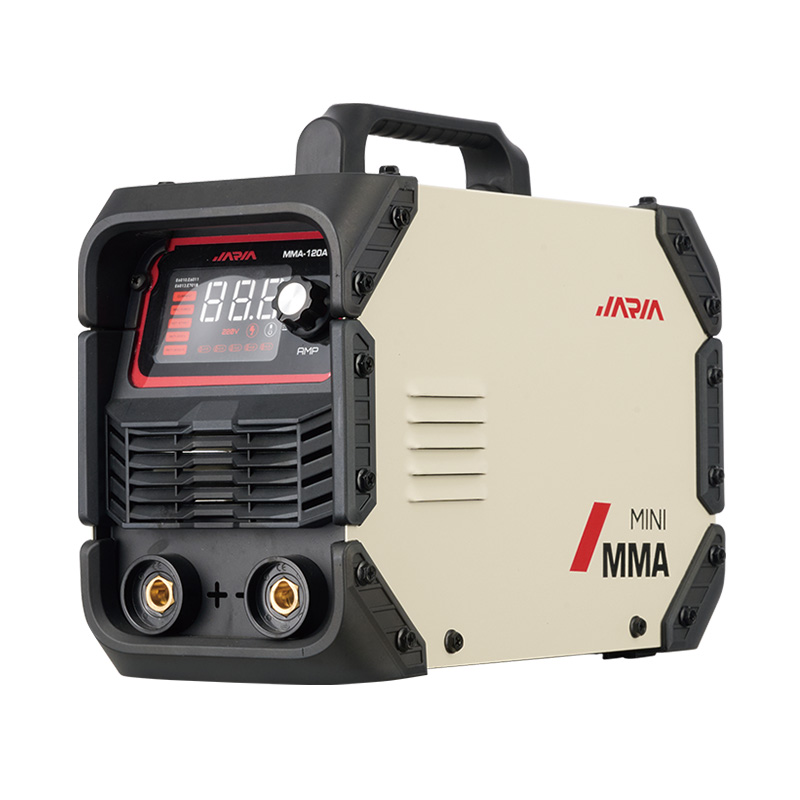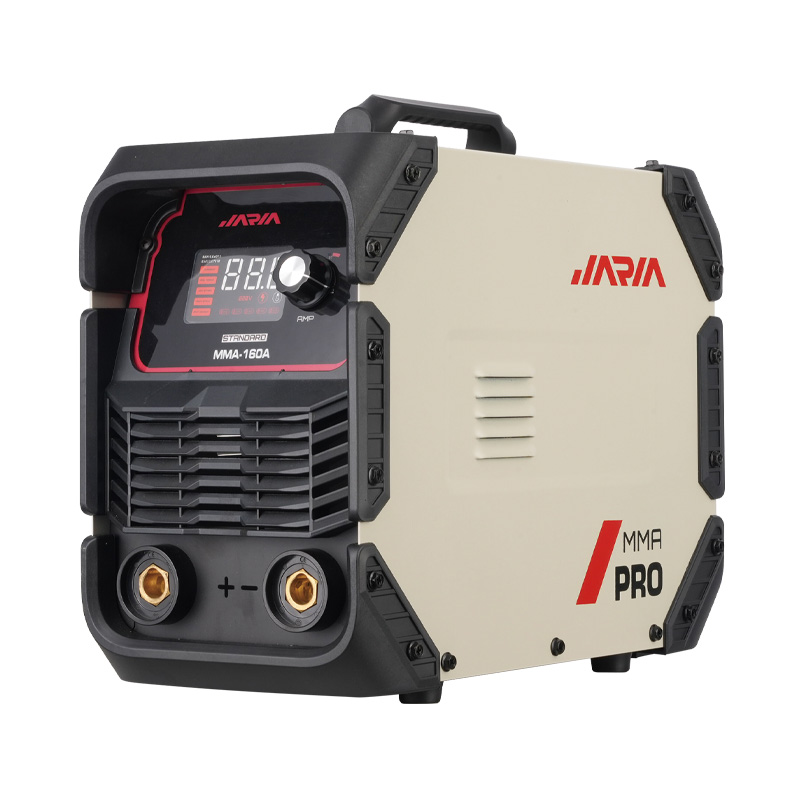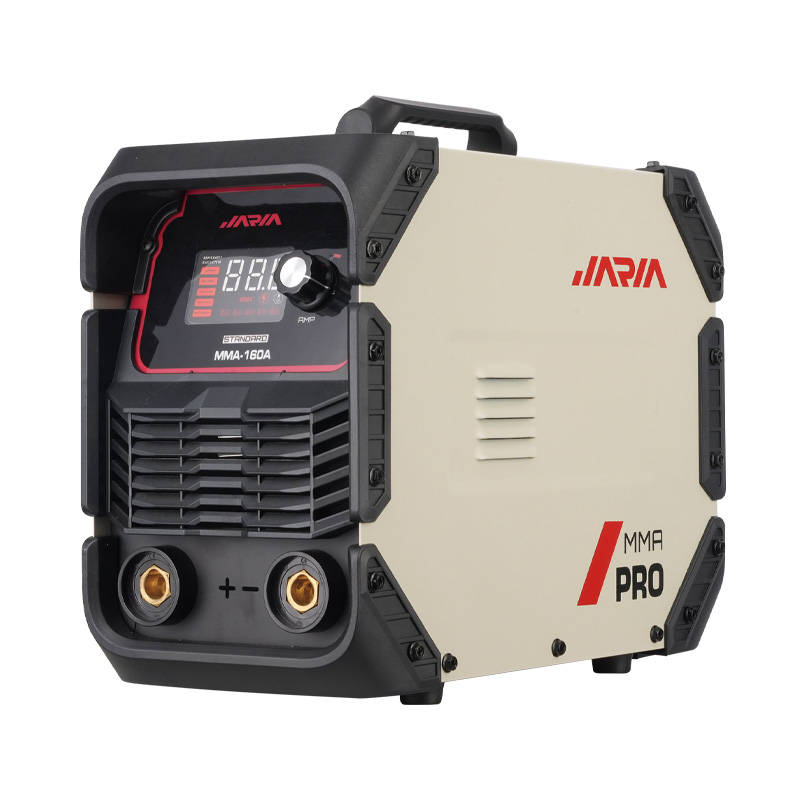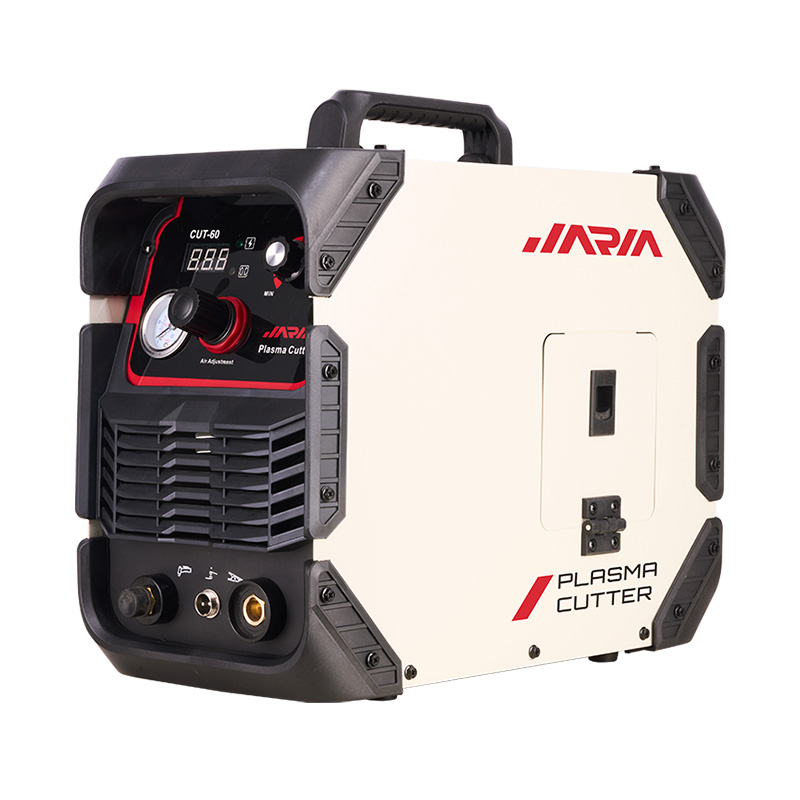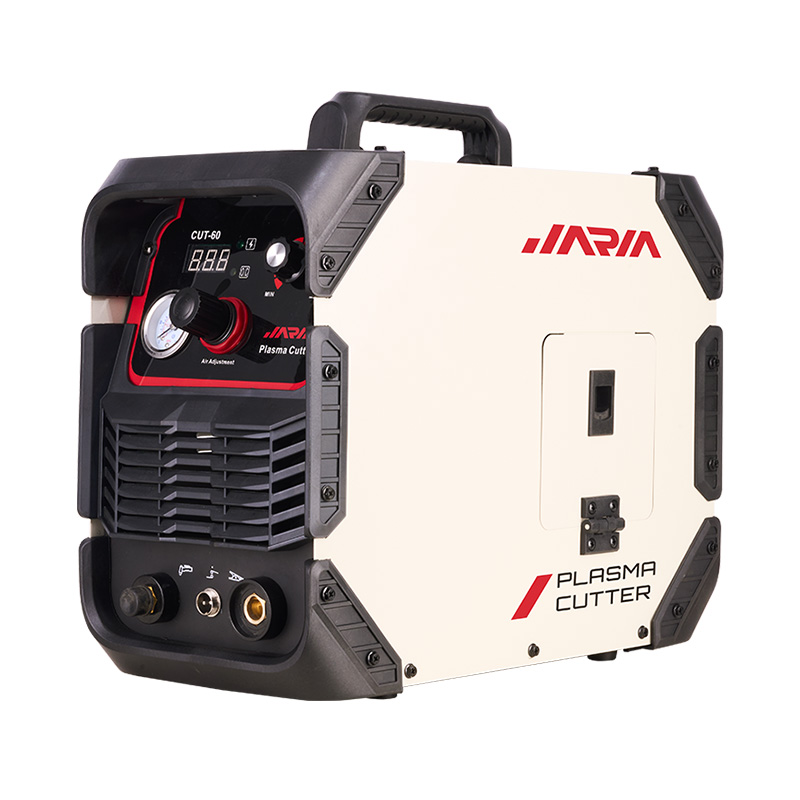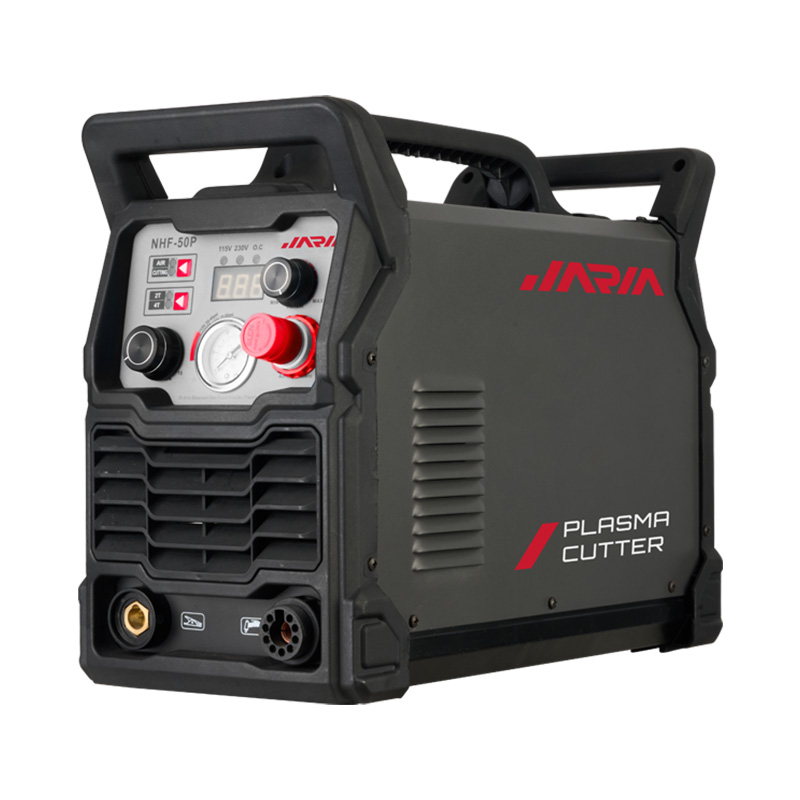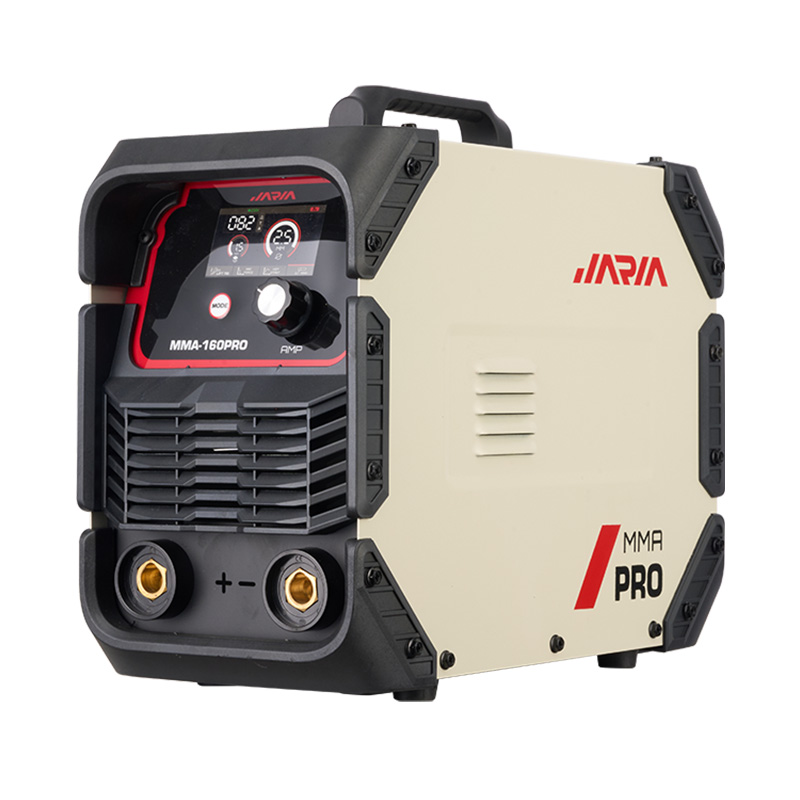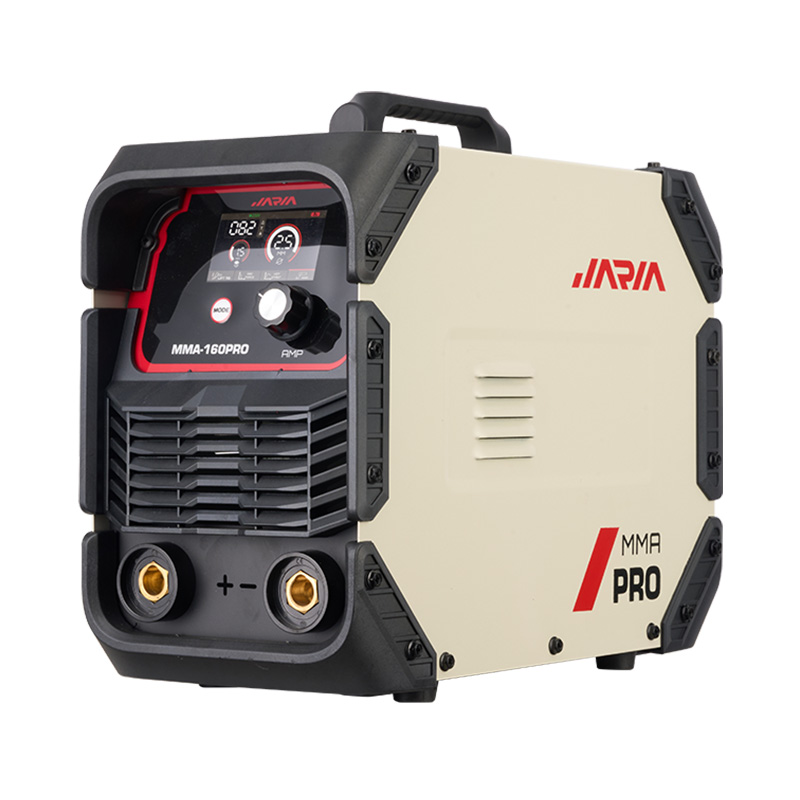Is the inverter welder the game-changer in the realm of welding technology? From industrial manufacturing to DIY enthusiasts' workshops, this innovative device is making waves across diverse sectors. Let's dive into the world of welding and explore how the inverter welder is revolutionizing traditional welding practices.
What sets the inverter welder apart from conventional welding machines? Is it merely a technological upgrade or a transformative tool that promises efficiency and precision? Let's unravel the mysteries surrounding this cutting-edge welding equipment and its impact on various industries.
Understanding the Inverter Welder:
What exactly is an inverter welder, and how does it differ from traditional welding machines? Unlike conventional welders, which rely on transformers to regulate electrical currents, inverter welders utilize advanced electronics to achieve smoother, more stable arcs. This innovative design not only enhances welding performance but also reduces energy consumption, making it an attractive option for eco-conscious users.
The Advantages of Inverter Welding Technology:
What advantages does the inverter welder offer over traditional welding equipment? With its compact size, lightweight construction, and nice arc control, this device offers unparalleled versatility and maneuverability in various welding applications. Whether welding thin sheets or thick metal plates, users can achieve precise and consistent results with ease, thus minimizing material waste and rework.
Improving Efficiency and Productivity:
How does the inverter welder enhance efficiency and productivity in welding operations? By delivering a stable arc with minimal spatter and distortion, this device enables faster welding speeds and higher deposition rates, thereby reducing overall project timelines and labor costs. Additionally, its user-friendly interface and intuitive controls simplify setup and operation, empowering welders of all skill levels to achieve professional-quality welds efficiently.
Expanding Application Capabilities:
In what ways does the inverter welder expand the scope of welding applications? From automotive repair and construction to aerospace manufacturing and shipbuilding, this versatile device caters to a wide range of industries and welding processes. Whether performing TIG, MIG, or stick welding, users can rely on the inverter welder to deliver consistent performance and exceptional weld quality across diverse materials and thicknesses.
Addressing Environmental Concerns:
How does the inverter welder contribute to sustainability and environmental conservation? By minimizing energy consumption and reducing emissions through its efficient operation, this device aligns with global efforts to mitigate climate change and promote responsible manufacturing practices. Furthermore, its ability to optimize welding parameters and reduce material waste helps minimize environmental impact while maximizing resource efficiency.
Facilitating Training and Skill Development:
How does the inverter welder facilitate training and skill development among aspiring welders? With its user-friendly interface and precise arc control, this device provides an ideal platform for hands-on learning and experimentation. Novice welders can hone their skills and gain confidence in their abilities, while experienced professionals can explore advanced techniques and refine their craft to meet evolving industry demands.
Embracing Technological Innovation:
Is the inverter welder emblematic of the ongoing technological revolution in the welding industry? With its integration of advanced electronics and digital controls, this device exemplifies the industry's commitment to innovation and continuous improvement. As manufacturers continue to push the boundaries of welding technology, the inverter welder stands at the forefront of this transformative journey, heralding a new era of efficiency, precision, and sustainability.
Conclusion:
Is the inverter welder destined to become the cornerstone of modern welding practices? As we witness its widespread adoption across industries and its transformative impact on welding operations, one thing becomes clear – this innovative device is reshaping the future of welding technology. From enhancing efficiency and productivity to addressing environmental concerns and fostering skill development, the inverter welder represents a paradigm shift in how we approach welding, promising a brighter and more sustainable future for generations to come.

 英语
英语 西班牙语
西班牙语 阿拉伯语
阿拉伯语